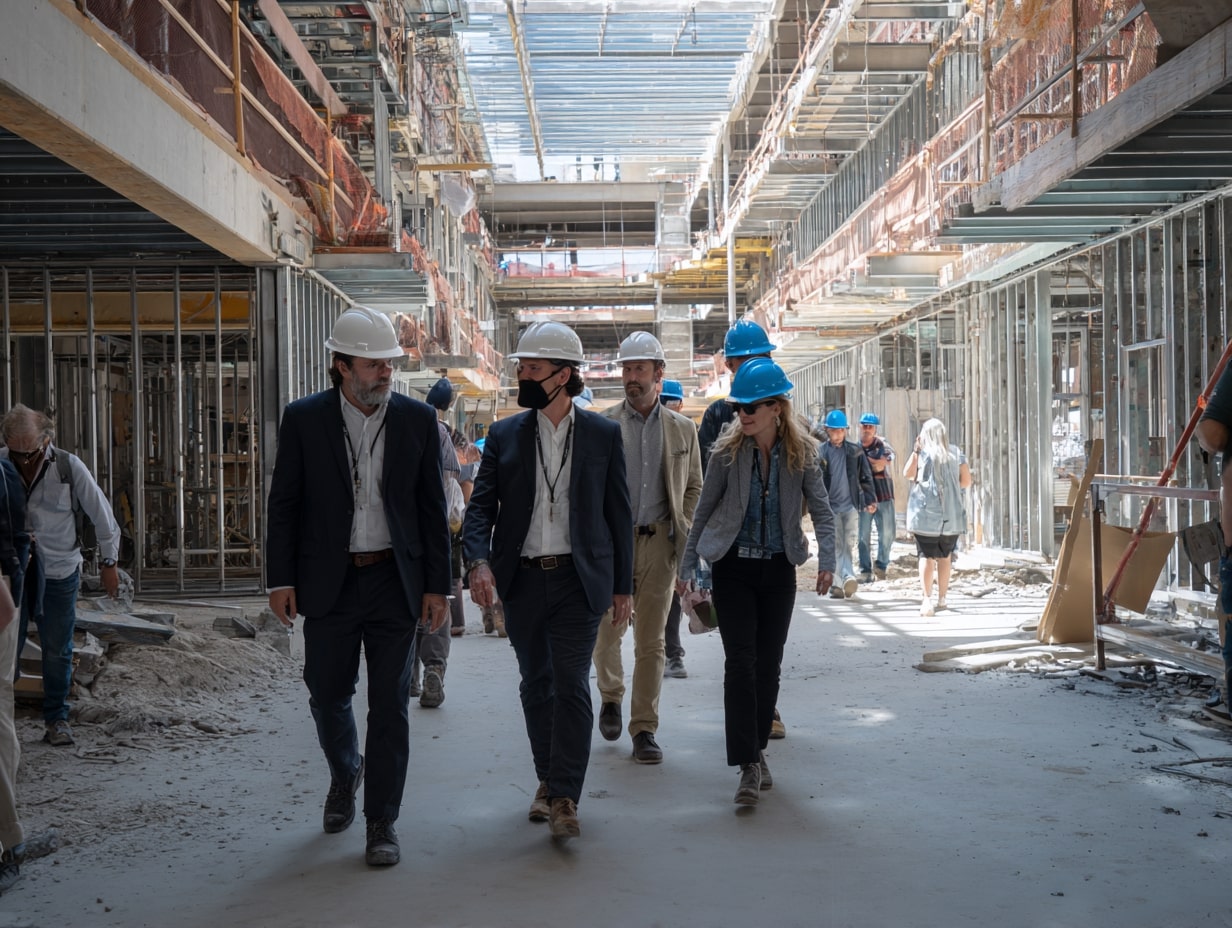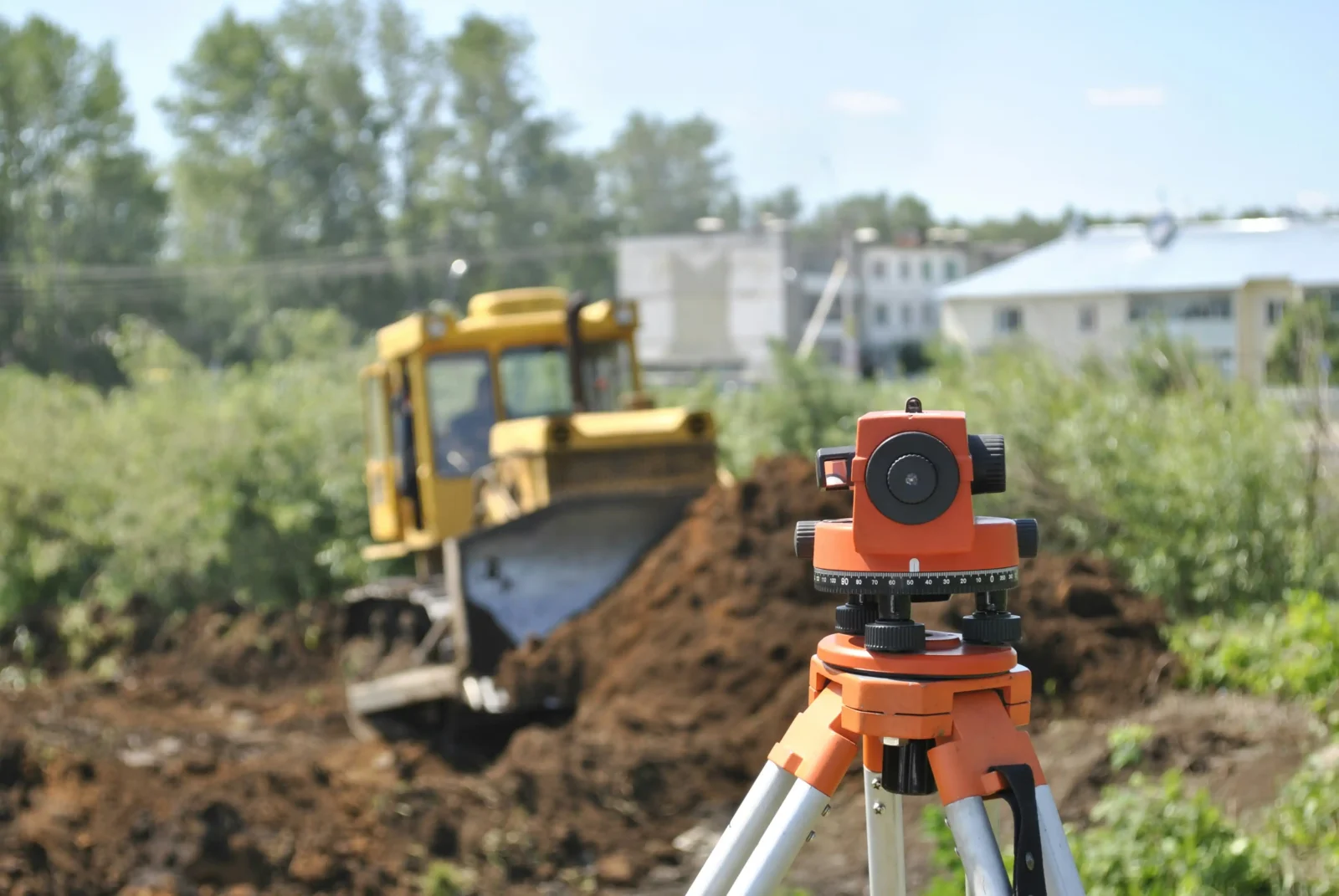- Home
- Articles
- Architectural Portfolio
- Architectral Presentation
- Inspirational Stories
- Architecture News
- Visualization
- BIM Industry
- Facade Design
- Parametric Design
- Career
- Landscape Architecture
- Construction
- Artificial Intelligence
- Sketching
- Design Softwares
- Diagrams
- Writing
- Architectural Tips
- Sustainability
- Courses
- Concept
- Technology
- History & Heritage
- Future of Architecture
- Guides & How-To
- Art & Culture
- Projects
- Interior Design
- Competitions
- Jobs
- Store
- Tools
- More
- Home
- Articles
- Architectural Portfolio
- Architectral Presentation
- Inspirational Stories
- Architecture News
- Visualization
- BIM Industry
- Facade Design
- Parametric Design
- Career
- Landscape Architecture
- Construction
- Artificial Intelligence
- Sketching
- Design Softwares
- Diagrams
- Writing
- Architectural Tips
- Sustainability
- Courses
- Concept
- Technology
- History & Heritage
- Future of Architecture
- Guides & How-To
- Art & Culture
- Projects
- Interior Design
- Competitions
- Jobs
- Store
- Tools
- More
Top Key Benefits of Slab Leveling in Architecture for Stronger, Durable Structures
Discover the key benefits of slab leveling in architecture, from enhancing structural integrity and durability to reducing costs and environmental impact. Learn how advanced techniques and technologies create stable foundations, improve aesthetics, and promote sustainable building practices for residential, commercial, and industrial projects.

When it comes to creating durable and efficient structures, slab leveling plays a crucial role in architecture. It ensures that foundations are stable, safe, and ready to support everything from residential homes to massive commercial buildings. Without proper leveling, even the most well-designed structures can face long-term issues like cracks, uneven surfaces, and costly repairs.
By prioritizing slab leveling, we not only enhance the structural integrity of a building but also improve its overall functionality and lifespan. It’s a technique that saves time, reduces expenses, and prevents potential hazards down the line. Whether we’re designing for aesthetics or practicality, a level foundation is where it all begins.

Table of Contents
ToggleUnderstanding Slab Leveling In Architecture
Slab leveling in architecture refers to the process of ensuring horizontal alignment across concrete surfaces. This technique is essential for maintaining uniform load distribution and preventing structural imbalances. Without proper leveling, irregularities in slabs may compromise the stability of foundations, affecting the overall safety and functionality of buildings.
We utilize slab leveling to address uneven surfaces and reduce potential stress points in structures. This method minimizes risks like cracks, subsidence, and misaligned floors. For example, residential buildings with unlevel slabs can experience door frame misalignment, while commercial spaces may deal with uneven flooring that impacts usability.
Modern slab leveling employs techniques like self-leveling compounds, grinders, and laser-guided systems. These tools allow precision adjustments, improving efficiency and accuracy. Engineers also consider factors such as soil type and slab thickness to ensure optimal results, especially for projects like multi-story buildings and industrial facilities.
Key Benefits Of Slab Leveling In Architecture
Slab leveling offers several advantages that directly contribute to the quality, functionality, and longevity of architectural projects. This technique ensures stability, precision, and cost efficiency in construction processes.

Enhanced Structural Integrity
Level slabs distribute loads uniformly across surfaces, reducing stress points that could lead to cracking and structural failures. Proper leveling eliminates risks like subsidence, which can weaken a building’s foundation over time. In multi-story buildings, even slight unevenness can compromise the balance of upper floors, making leveling essential for long-term durability.
Improved Aesthetics
Uneven slabs create visual and functional issues, such as misaligned flooring, sloping surfaces, and gaps between walls and floors. Leveling provides a smooth, consistent base for finishes, ensuring seamless flooring transitions and error-free installations. This precision enhances the overall appeal and usability of spaces, improving client satisfaction in both residential and commercial projects.
Cost-Effective Solutions
Addressing leveling issues during construction prevents costly repairs caused by later foundation problems or material failures. Modern tools and methods allow for precise leveling with minimal material waste, reducing project expenses. Efficient techniques like laser-guided systems also cut labor time, helping us complete projects on budget without compromising quality.
Environmental Impact Of Slab Leveling
Slab leveling plays a significant role in minimizing the environmental footprint of construction projects. By focusing on precision and resource efficiency, this process contributes to sustainable building practices and reduces unnecessary waste.

Reduction In Material Waste
Leveling slabs accurately ensures minimal material waste by addressing uneven surfaces early. When slabs are even, less material is required for repairs or additional leveling compounds. For example, precise leveling eliminates the need to overuse concrete for patching or rework. This reduces construction debris, conserving resources like aggregates and cement. A reduced reliance on excess materials not only lowers costs but also limits waste disposal impacts, aligning with environmental conservation efforts.
Sustainable Construction Practices
Implementing slab leveling supports sustainable construction methods. Techniques like self-leveling compounds and laser-guided systems enable precise adjustments with minimal emissions. Efficient leveling improves energy efficiency in finished structures by preventing cracks and misalignments that can compromise insulation. Furthermore, reducing structural repairs over time decreases energy-intensive processes like demolition and reconstruction, which contribute to carbon emissions. When applied across projects, these practices enhance sustainability outcomes in residential, commercial, and industrial developments.
Role Of Technology In Modern Slab Leveling
Technology has transformed slab leveling, enabling greater precision and efficiency in architectural projects. Advanced equipment and innovative techniques ensure more reliable outcomes, reducing risks and enhancing durability.

Advanced Equipment And Techniques
Modern slab leveling utilizes state-of-the-art tools like laser leveling systems, self-leveling compounds, and robotic grinders. Laser systems ensure accurate elevation alignment by using precise measurements across surfaces. Self-leveling compounds simplify correcting uneven areas, offering swift application and consistent results. Robotic grinders smooth concrete surfaces with high precision, minimizing manual errors. These advancements reduce time and labor, enhancing overall project quality.
Precision And Efficiency
Incorporating technology ensures not only precise slab alignment but also streamlined processes. Laser-guided systems detect inconsistencies quickly, enabling real-time corrections that prevent future structural issues. Automated techniques like pump-applied compounds save time by delivering uniform coverage across large areas. These methods optimize labor efforts while reducing material waste, keeping projects within budget constraints. Accurate alignment enhances structural performance without unnecessary delays.
Practical Applications Of Slab Leveling
Slab leveling plays a critical role in ensuring stability and durability across various architectural applications. Whether for homes, commercial spaces, or industrial facilities, this technique provides the precision necessary to achieve long-term structural performance.

Residential Construction
In residential construction, slab leveling ensures stable foundations for single-family homes, townhouses, and apartment buildings. Proper leveling prevents floor unevenness, which can lead to problems such as wall misalignment or cracked surfaces over time. This stability enhances the safety and comfort of living spaces, ensuring smooth transitions between rooms and robust load-bearing capacity.
Modern leveling methods, such as self-leveling compounds and laser-guided systems, create precise, durable surfaces that support flooring installations like hardwood, tile, or carpeting. For example, kitchen and bathroom surfaces benefit from leveling to maintain seamless tile alignment and reduce water pooling in low-lying areas.
Commercial And Industrial Projects
In commercial and industrial projects, slab leveling ensures the functionality and longevity of foundations supporting heavy machinery, high traffic, and large-scale operations. Warehouses, retail spaces, and office buildings rely on level slabs to maintain safety and operational efficiency. Proper leveling prevents issues like cracks and joint misalignment, which can disrupt workflows or introduce hazards.
For industrial projects, slab leveling accommodates the weight of equipment such as conveyor systems or manufacturing lines while preserving surface integrity. Laser-guided systems and grinders enable high-precision leveling for complex requirements, such as creating chemical-resistant floors in laboratories or anti-static surfaces in data centers. Accurate leveling also improves floor durability, minimizing the risk of costly repairs or downtime in demanding environments.
Conclusion
Slab leveling remains a foundational practice in architecture, ensuring stability, functionality, and longevity across diverse projects. It addresses critical issues like uneven surfaces, improper load distribution, and structural vulnerabilities, which can lead to costly repairs or compromised safety. By using modern techniques and technologies, we can achieve precise leveling that minimizes material waste, enhances sustainability, and upholds project quality.
The benefits span residential, commercial, and industrial construction. Level slabs promote stable home foundations, prevent misalignments, and offer smooth surfaces for interior finishes. In commercial settings, they withstand heavy loads, maintain durability, and optimize flooring systems. Industrial applications benefit from enhanced structural performance, accommodating machinery and specialized requirements.
By embracing slab leveling, we ensure efficient resource use, reduce environmental impact, and achieve durable architectural outcomes. Incorporating state-of-the-art tools like laser systems and robotic grinders streamlines processes while maintaining precision, ultimately supporting cost-effective, sustainable, and resilient structures.
- concrete leveling solutions
- concrete slab stability
- construction durability
- construction slab correction
- floor leveling services
- foundation leveling services
- Foundation Repair
- foundation stability
- long-term durability foundation
- preventing foundation damage
- preventing slab cracks
- Slab leveling
- slab leveling importance
- slab maintenance
- slab repair solutions
- soil settlement solutions
- stable foundation construction
- uneven floors leveling
Submit your architectural projects
Follow these steps for submission your project. Submission FormLatest Posts
Construction Projects Key Skills for Effective Management
Construction projects key skills for effective management: a practical guide to scope...
Key Features to Look for When Investing in Construction AI Cameras
Continuous monitoring is crucial on construction sites for effective accident prevention. Artificial...
Why Legal Support Is Critical After a Serious Construction Accident
If you are dealing with a construction accident or have ever watched...
7 Common Myths Every Contractor Should Stop Believing
The construction landscape is a complicated place at the best of times,...












Leave a comment